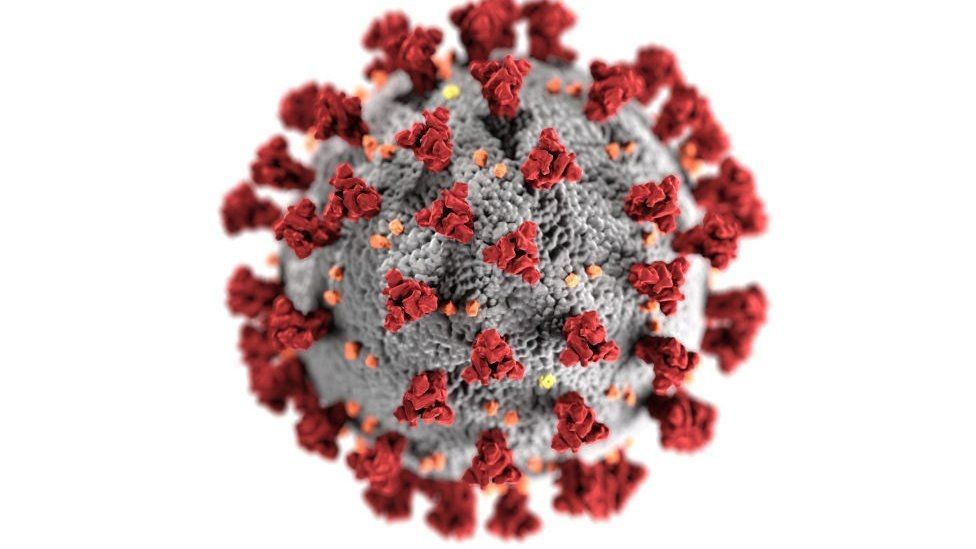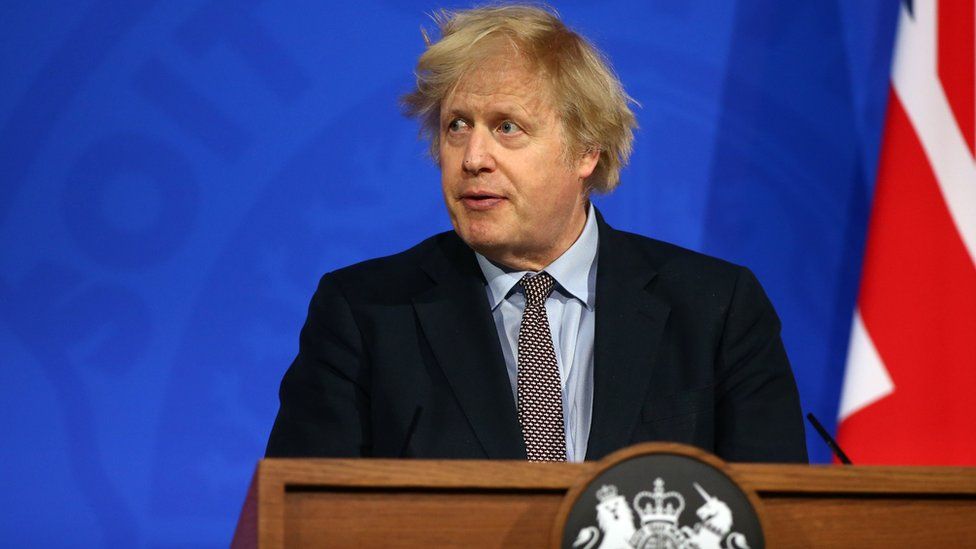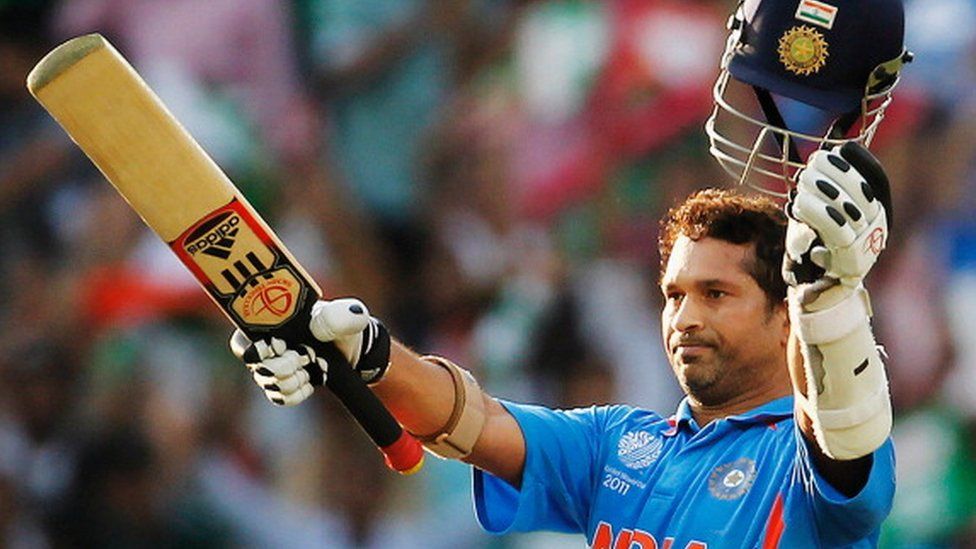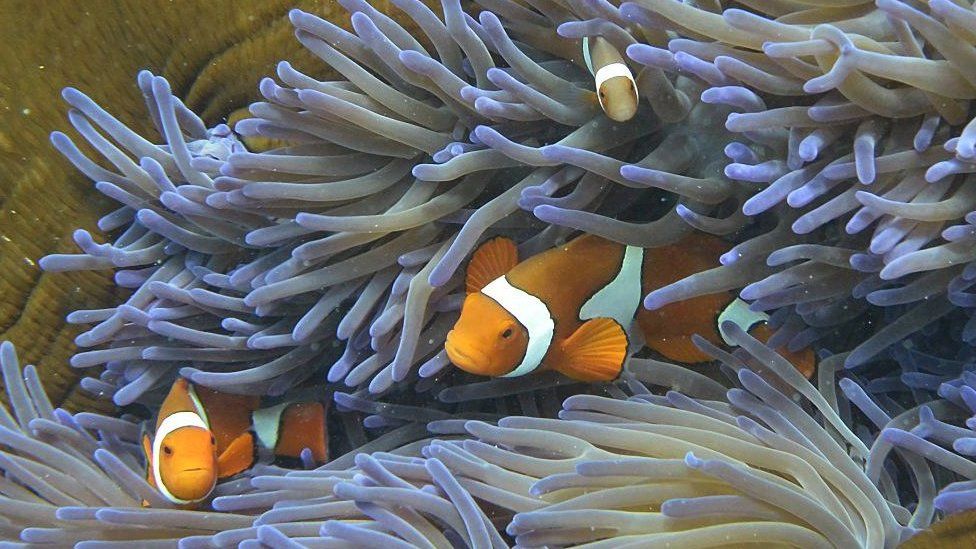The world's fastest cat is returning to India

By Soutik Biswas, June 7: If all goes well, eight cheetahs - five males and three females - will make the 8,405km (5,222 miles) journey from South Africa to their new home in a sprawling national park in India in November.
The world's fastest land animal will make a comeback in India, more than half a century after it became extinct in the country.
"Finally we have the resources and the habitat to reintroduce the cat," says Yadvendradev Jhala, dean of the Wildlife Institute of India, and one of the experts tasked with the effort. This is the first time in the world, he says, when a large carnivore will be relocated from one continent to another for conservation.
With their black-spotted coats and teardrop marks, the cheetah is a sleek animal, racing across grasslands at speeds touching 70 miles (112km) an hour to capture prey. The cat is also a remarkably athletic animal, breaking, ducking and diving as it goes for the kill.
The vast majority of the 7,000 cheetahs in the world are now found in South Africa, Namibia and Botswana. The endangered cat was reportedly last sighted in India in 1967-68, but their numbers had vastly dwindled by 1900.
Three sites - a national park and two wildlife sanctuaries - in the states of Madhya Pradesh and Rajasthan have been identified for reintroducing the cheetah, Dr Jhala said.
The first eight cats will find their home in Kuno national park in Madhya Pradesh, which has ample prey like antelope and wild boars. Wildlife experts are also rooting for a tiger reserve in Rajasthan's Mukundra hills as a promising habitat.

A painting depicting Mughal emperor Akbar with captured cheetahs, UNIVERSALIMAGESGROUP/GETTY IMAGES
The cheetah in India
The first cheetah in the world to be bred in captivity was in India during the rule of the Mughal emperor Jahangir in the 16th Century. His father, Akbar, recorded there were 10,000 cheetahs during his time, including 1,000 of them in his court.
The animals were imported for sport in the 20th Century. Research showed that there were at least 230 cheetahs in the wild between 1799 and 1968. It is the only large mammal to become extinct since Independence.
Hunting, diminishing habitat, and non-availability of enough prey - blackbuck, gazelle, and the hare - led to the extinction of the cat in India. During British rule, cheetahs were eliminated through bounty hunting because the cats were entering villages and killing livestock.
India has been making efforts to reintroduce the animal since the 1950s. An effort in the 1970s - from Iran which had around 300 cheetahs at that time - flopped after the Shah of Iran was deposed and the negotiations stopped.
The reintroduction of animals is always fraught with risks. But they are not rare: in 2017, four cheetahs were reintroduced in Malawi, where the cat became extinct in the late 1980s. Their numbers have now risen to 24.
The good news, say experts, is that cheetahs are highly adaptable animals.

Many conservationists say India does not have large enough habitats to accommodate cheetahs, GETTY IMAGES
In southern Africa, where 60% of the cheetahs live, the cats have their homes in deserts, dune forests, grasslands, woodlands, and mountains.
They are found in Northern Cape where temperatures dip to -15C and Malawi where the mercury soars to 45C.
"As long as there is sufficient prey, habitat is not a limiting factor. They survive and reproduce in high-density predator environments and co-exist with lions, leopards, spotted hyenas, and wild dogs," Vincent van der Merwe, a cheetah conservationist in South Africa, told me.
But there are other concerns. Cheetahs often enter farmlands to hunt for livestock, triggering human-animal conflict. More importantly, the cats are targeted by competing predators.
"They are delicate animals," says Dr Jhala. "They are meant for speed and they avoid conflict."
In South Africa, lions and hyenas are responsible for about half of wild cheetah deaths. Even packs of feral dogs have been known to attack them.
"Cheetahs can outrun any big cat but often find it difficult to defend their kill, which is snatched away. Their cubs are often taken away by bigger cats, like lions," says wildlife historian Mahesh Rangarajan.

The cheetah is a 'fragile' animal and is targeted by hyenas, leopards and lions, CHARL SENEKAL
That is why, say, experts, cheetahs thrive in fenced reserves. "Unfenced cheetah populations are in decline because of habitat loss and retaliatory killings," says Mr van der Merwe. "Protected areas in India are largely unfenced, implying the potential of human-wildlife conflict."
When Mr van der Merwe visited India in April to evaluate the potential sites for reintroduction, he found the Kuno national park a favorable habitat for the cat. The 730 sq km (282 sq miles) park has a mixed woodland-grassland habitat which is very similar to where cheetahs thrive in South Africa, he says. The park has no lions, although leopards are a concern.
Mr van der Merwe believes a better home for the cat in India would be the fenced tiger reserve in Mukundra hills which has a low density of animals that could attack the cheetah. "My gut feeling is that this is a guaranteed success reserve. It can be used to breed the cheetah, with surplus animals used to repopulate other protected areas," he says.
But leading Indian conservationists remain skeptical of the idea.
They say cheetahs need large home ranges - ideally habitats ranging between 5,000 and 10,000 sq km.

There are some 7,000 cheetahs worldwide, ROSIE MILES
These habitats, according to Dr K Ulhas Karanth, one of India's top conservation experts, must be "people free, dog free, and leopard or tiger free" with enough wild prey for the cat. He says most of India's former cheetah habitats are shrinking because of pressure on land.
"The purpose of reintroduction has to be to grow a viable population with dozens of cheetahs breeding in the wild. Just dumping some animals in the park will not help. This is a doomed project," he says.
But wildlife experts like Dr Jhala remain upbeat about the return of the "flagship species" of India's grasslands. "For any reintroduction, you need at least 20 animals," he says. "We are looking at importing 40 cheetahs over the next five years."
Recent News

Do not make expressions casting dout on election: EC
14 Apr, 2022
CM Bhatta says may New Year 2079 BS inspire positive thinking
14 Apr, 2022
Three new cases, 44 recoveries in 24 hours
14 Apr, 2022
689 climbers of 84 teams so far acquire permits for climbing various peaks this spring season
14 Apr, 2022
How the rising cost of living crisis is impacting Nepal
14 Apr, 2022
US military confirms an interstellar meteor collided with Earth
14 Apr, 2022
Valneva Covid vaccine approved for use in UK
14 Apr, 2022
Chair Prachanda highlights need of unity among Maoist, Communist forces
14 Apr, 2022
Ranbir Kapoor and Alia Bhatt: Bollywood toasts star couple on wedding
14 Apr, 2022
President Bhandari confers decorations (Photo Feature)
14 Apr, 2022








